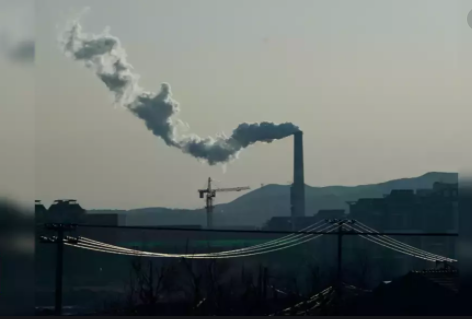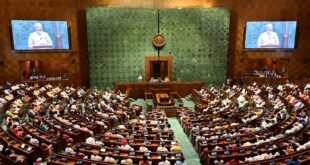 Dr. Seema Javed
Dr. Seema Javed
China accounts for 26% of global emissions, the strategy on economic and energy transition outlined in the 14th FYP will largely shape China’s emissions trajectory in the next 5 years and beyond.
The Chinese government sets major social and economic development objectives in a 5-year policy planning cycle. This mechanism dates back to 1953, and it remains as the fundamental framework guiding the policy-making process at all levels and across sectors. 2021 marks the start of the period covered by the 14th Five Year Plan(FYP).
This year Chinese Premier Li Keqiang presented key elements of the draft 14th Five Year Plan on National Economic and Social Development (the 14th FYP) in a speech at the annual session of the National People’s Congress. The draft 14th FYP after being reviewed by NPC members ispproved at the end of the NPC session .
The Plan doesn’t quite live up to expectations frankly, it sets moderate climate/energy target and doesn’t offer clear strategic thinking on low-carbon development.
It’s disappointing that China is placing such a large focus on continuing its reliance on coal – and oil and gas. The world is relying on its largest emitter to step up on climate change.
Unlike previous FYPs, no explicit five-year GDP growth target is set for the 14th FYP period, instead, the target will be decided on a yearly basis according to the actual circumstances.

As the first five-year plan after China committed to reach carbon neutrality by 2060, the 14th FYP was expected to demonstrate strong climate ambition. However, the draft plan presented today does not seem to meet the expectations.
Overall, the plan doesn’t contain enough details on how China plans to accelerate the economy’s decarbonization, nor does it offer much strategic guidance on how to peak carbon before 2030 and reach carbon neutrality by 2060. It is a rather modest goal setting
The five year plan sends an indecisive climate signal to industrial groups as an excuse for business as usual.
To tackle the climate crisis, China needs to bring its emission growth to a much slower level, and to flatten the emission curve early in the upcoming five year period. Peaking emissions earlier than 2025 is not only possible but necessary.
Last September, President Xi Jinping pledged to peak carbon emissions before 2030 and reach carbon neutrality by 2060. As the first FYP following China’s new climate commitments, the 14th FYP will be tested if it will put China on the right path towards a carbon neutral future. The target on share of non-fossil fuels was not revealed in the Premier’s speech.
The five year plan sends an indecisive climate signal amidst great economic and geopolitical uncertainties. Considering China’s habit of under-committing and over-delivering five year plans, these targets will hopefully hedge against a surge in further emission growth.
But industrial groups will certainly point to the modest carbon intensity target as an excuse for business as usual.” said Li Shuo, Policy Advisor at Greenpeace East Asia.
he further said-“To tackle the climate crisis, China needs to bring its emission growth to a much slower level, and to flatten the emission curve early in the upcoming five year period. Peaking emissions earlier than 2025 is not only possible but necessary. Pumping the brake on emissions progressively harder is good for China’s economic transformation, and will help China’s global image.”
Also Read : New Jaguar I-Pace India Launch on March 23
“There remains much to be done beyond these five year targets. There’s still no end in sight for China’s coal plant construction boom. Runaway momentum in the steel, cement, and aluminum sectors suggests China needs to do much better to green its COVID recovery. China won’t be back on the decarbonization pathway until Beijing checks the coal construction boom and greens its COVID recovery.
Also Read : Machine begins its exploration of Mars
Premier Li’s speech highlighted a few targets concerning climate and energy. In 2021-2025, China aims to lower energy intensity and carbon intensity by 13.5% and 18% respectively, and increase the forest coverage to 24.1%.
 Jubilee Post News & Views
Jubilee Post News & Views





